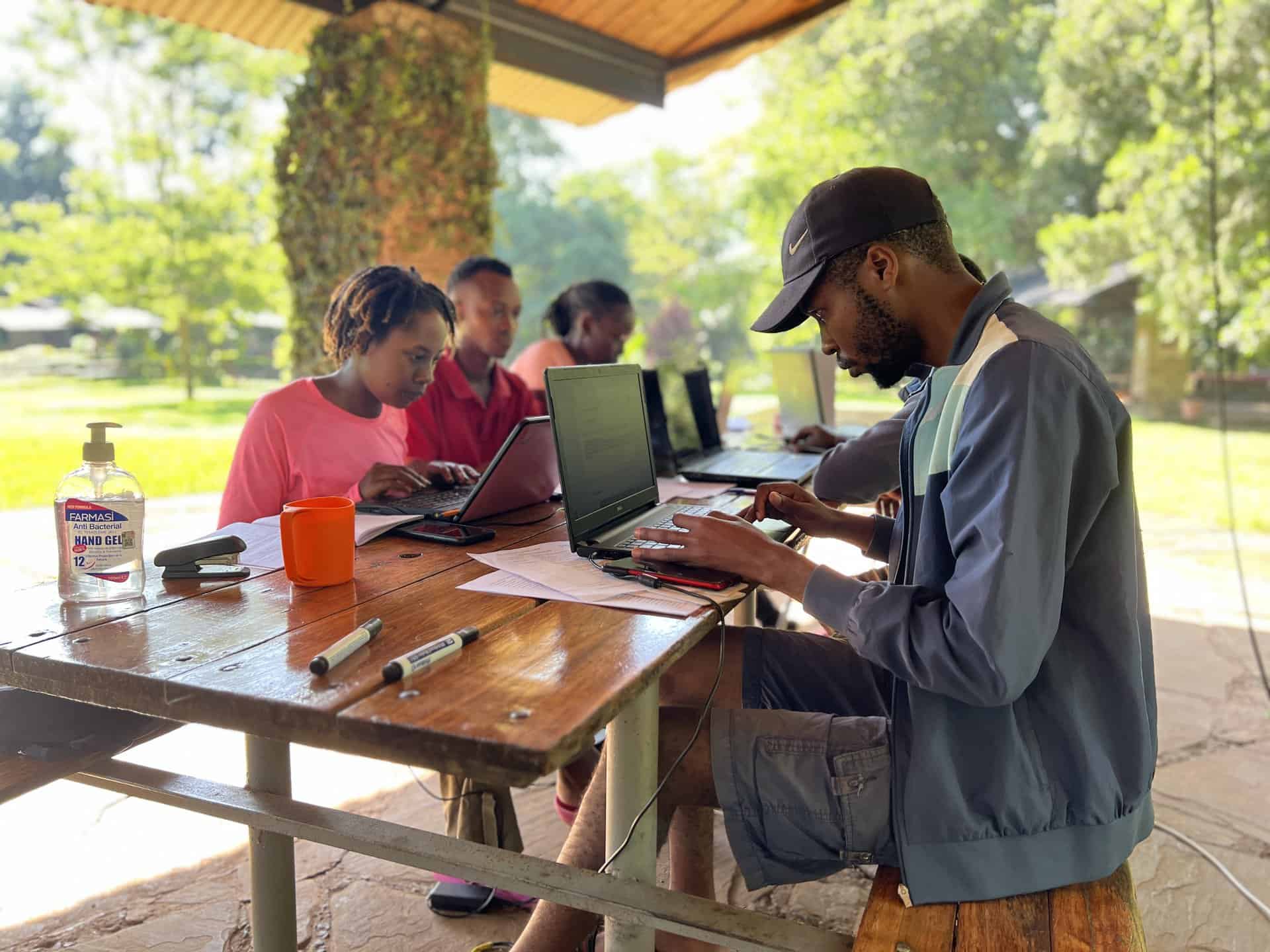
Understanding Assessment and Evaluation in Education
In the realm of education, assessment and evaluation play pivotal roles in driving learning outcomes and shaping teaching practices. Let's delve into the definitions and significance of these concepts, essential for educators pursuing the Level 6 Diploma in Teaching and Learning and the Level 5 Diploma in Teaching (FE and Skills) (DiT).
Assessment: Measuring Learning and Progress
Assessment is a systematic process of gathering, analysing, and interpreting information about learners' knowledge, skills, and abilities. It serves multiple purposes, including:
Measurement of Learning: Assessments gauge the extent to which learners have achieved specific learning objectives, goals, or standards.
Feedback: Through assessment, learners receive feedback on their progress and areas needing improvement, enhancing their learning journey.
Instructional Guidance: Teachers utilise assessment data to tailor teaching methods and content delivery to meet learners' needs effectively.
Motivation: Assessments motivate learners to engage actively with content and strive for continuous improvement.
Accountability: Assessment results hold both learners and teachers accountable for the learning process and outcomes.
Program Improvement: Assessment data informs educational institutions' efforts to refine curricula, teaching strategies, and program effectiveness.
Individualised Learning: Assessment data guides the creation of personalised learning paths catering to each learner's strengths and weaknesses.
Evaluation: Informing Teaching Strategies
Evaluation is the ongoing process of assessing learners' learning, understanding, skills, and progress to determine the effectiveness of instruction and inform further teaching strategies. Key aspects of evaluation include:
Assessment of Learning: Evaluating what learners have learned and the extent to which they have achieved intended learning outcomes.
Continuous Feedback: Providing regular and timely feedback to learners to guide their progress and inform instructional adjustments.
Adjustments to Instruction: Modifying teaching strategies, content delivery, and classroom activities based on evaluation data to better meet learners' needs.
Identification of Learning Gaps: Identifying specific topics or concepts where learners may be struggling to provide targeted interventions and support.
Data-Informed Decision-Making: Using evaluation data to make informed decisions about instructional design, classroom management, and resource allocation.
Continuous Improvement: Employing an iterative process of assessment, feedback, adjustment, and re-assessment to promote ongoing improvement in teaching practices.
In conclusion, assessment and evaluation are integral components of effective teaching and learning. They provide valuable insights into learners' progress, inform instructional decisions, and promote continuous improvement in educational practices. By understanding and implementing these concepts, educators can create dynamic and engaging learning environments that foster student success and growth, aligning with the Level 6 Diploma in Teaching and Learning and the Level 5 Diploma in Teaching (FE and Skills) (DiT).


